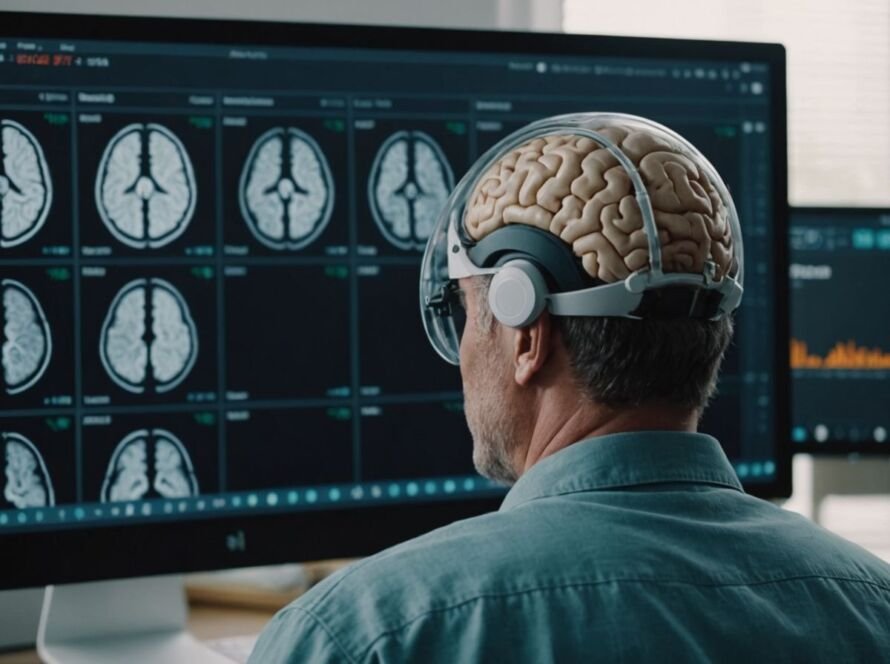Researchers at the University of Michigan have achieved a groundbreaking advancement in auditory science by enhancing auditory processing in young mice through the increase of inner ear synapses using neurotrophin-3. This discovery could pave the way for new treatments for hearing disorders in humans.
Key Takeaways
- Increasing inner ear synapses in mice led to improved auditory processing.
- Synapse density is linked to hidden hearing loss, affecting hearing clarity in noise.
- This research suggests potential new treatments for hearing disorders by targeting synapses.
The Study
A team from Michigan Medicine’s Kresge Hearing Research Institute has successfully produced supranormal hearing in mice, supporting the hypothesis that synapse density impacts hidden hearing loss in humans. The researchers used neurotrophin-3 to increase the number of synapses between inner hair cells and auditory neurons in the inner ear.
Previously, similar methods were used to promote the recovery of auditory responses in mice that had experienced acoustic trauma and to improve hearing in middle-aged mice. This study, however, is the first to use the approach in otherwise healthy young mice to create improved auditory processing beyond natural levels.
Methodology
The researchers altered the expression of neurotrophin-3 to increase the number of synapses between inner hair cells and neurons. Inner hair cells, located inside the cochlea, convert sound waves into signals sent to the brain via these synapses.
Two groups of young mice were studied: one with reduced synapses and another with increased synapses. Both groups underwent a Gap-Prepulse Inhibition test, which measures their ability to detect very brief auditory stimuli. Mice with fewer synapses required a much longer silent gap to detect the stimuli, supporting the hypothesis about the relationship between synapse density and hidden hearing loss in humans.
Surprising Findings
Unexpectedly, the mice with increased synapses showed enhanced peaks in measured Acoustic Brain Stem response and performed better on the Gap-Prepulse Inhibition test. This suggests an ability to process an increased amount of auditory information.
“We were surprised to find that when we increased the number of synapses, the brain was able to process the extra auditory information. And those subjects performed better than the control mice in the behavioral test,” said Gabriel Corfas, Ph.D., director of the Kresge Institute, who led the research team.
Implications for Human Hearing
Hair cell loss was once believed to be the primary cause of hearing loss in humans as we age. However, it is now understood that the loss of inner hair cell synapses can be the first event in the hearing loss process. This makes therapies that preserve, regenerate, and/or increase synapses exciting possible approaches for treating some hearing disorders.
“Some neurodegenerative disorders also start with loss of synapses in the brain,” Corfas said. “Therefore, the lessons from the studies in the inner ear could help in finding new therapies for some of these devastating diseases.”
The findings of this study could lead to new treatments for hearing disorders by preserving or regenerating synapses, potentially improving hearing in humans in similar situations.
Sources
- Supranormal Hearing Achieved by Boosting Ear Synapses – Neuroscience News, Neuroscience News.

